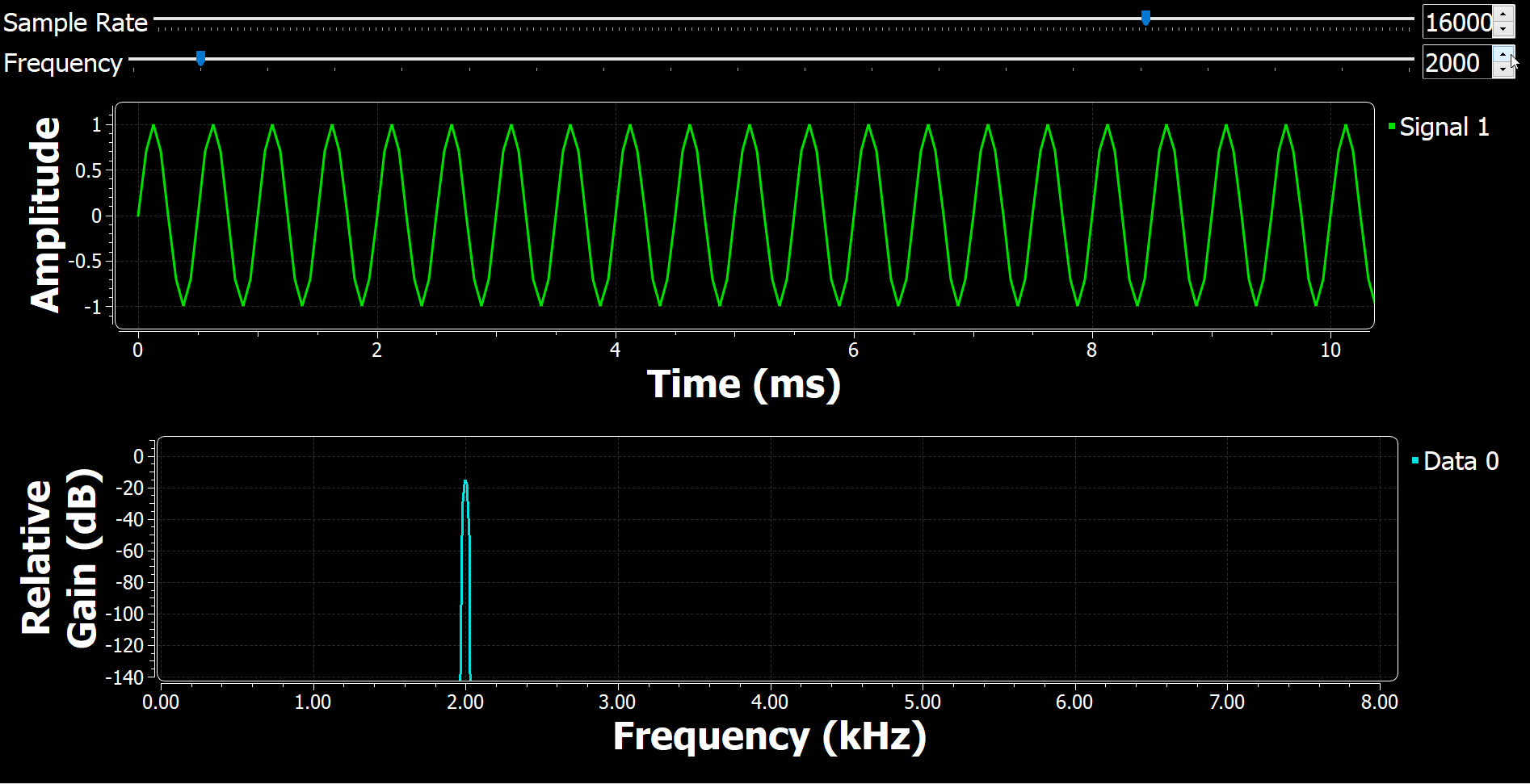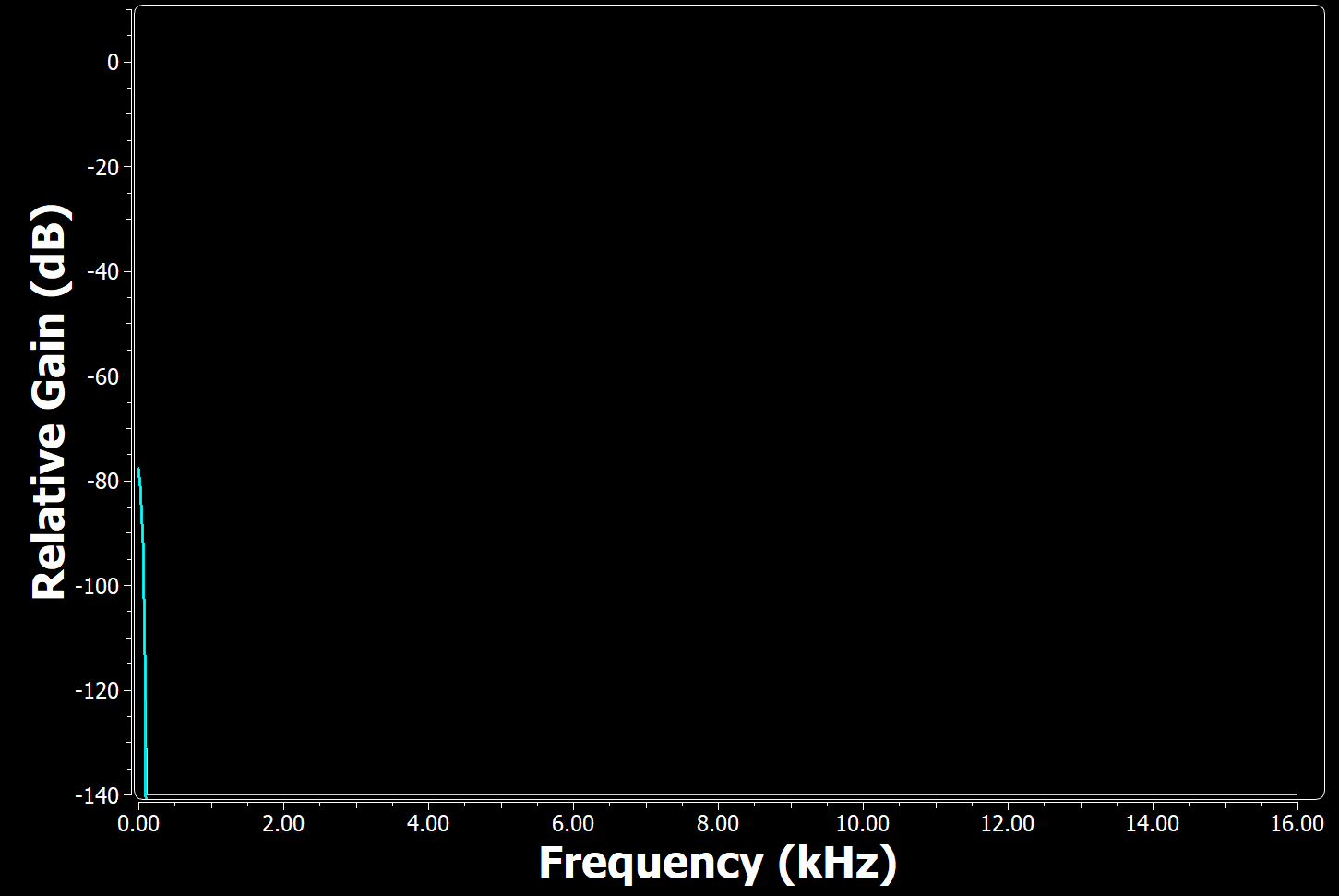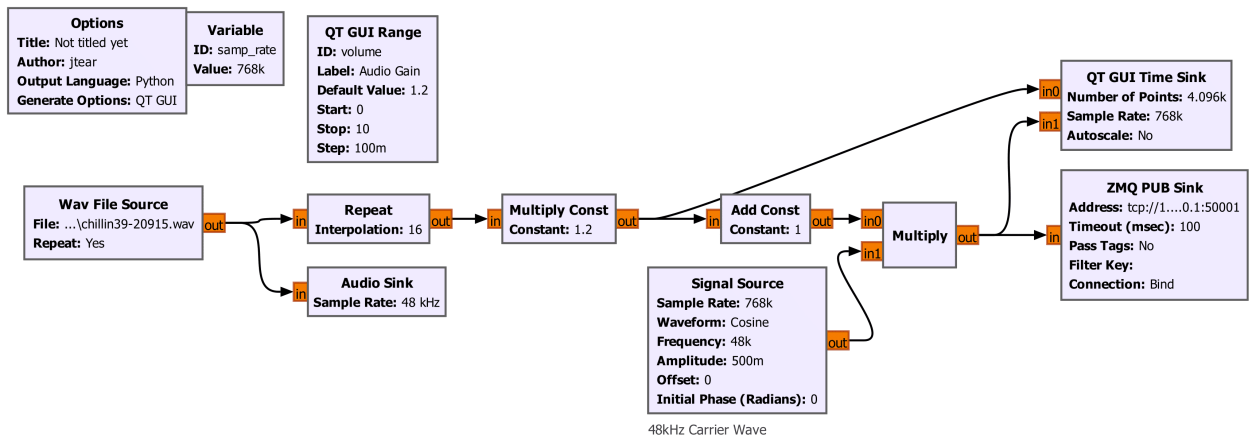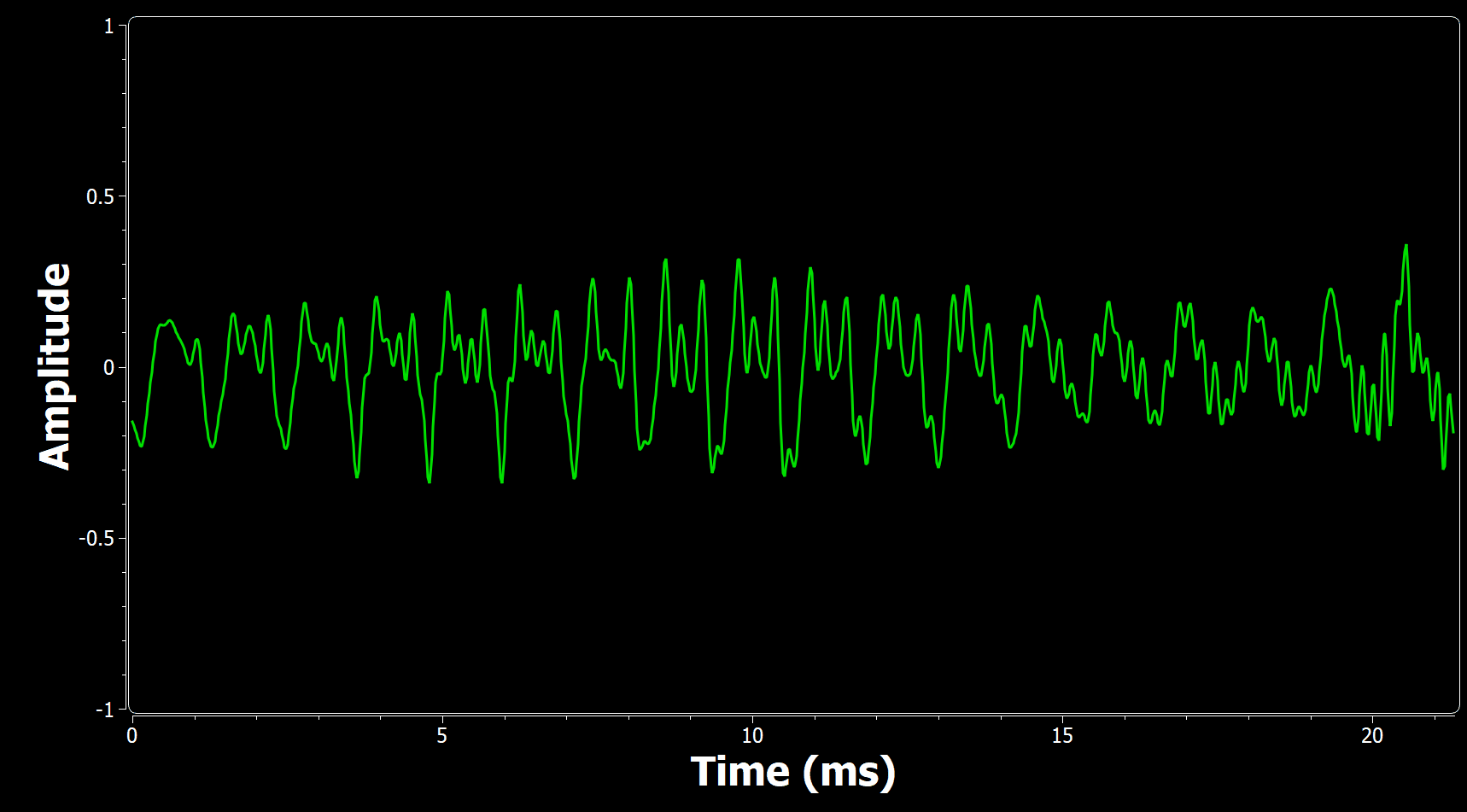Filters in Digital Signal Processing
Filters are essential tools in digital signal processing, used to isolate or remove specific frequency components from a signal. A bandpass filter, in particular, allows frequencies within a certain range to pass while blocking those outside the range. Filters are widely used in communication systems, audio processing, and data transmission to refine signals and eliminate noise. In this GNU Radio flowgraph, students use a signal source, various types of filters, and frequency sink to trace the frequency response of different filters. This visually demonstrates how the filter shapes the signal, showing its effect on the frequency spectrum by allowing only certain frequencies to pass and attenuating others.









